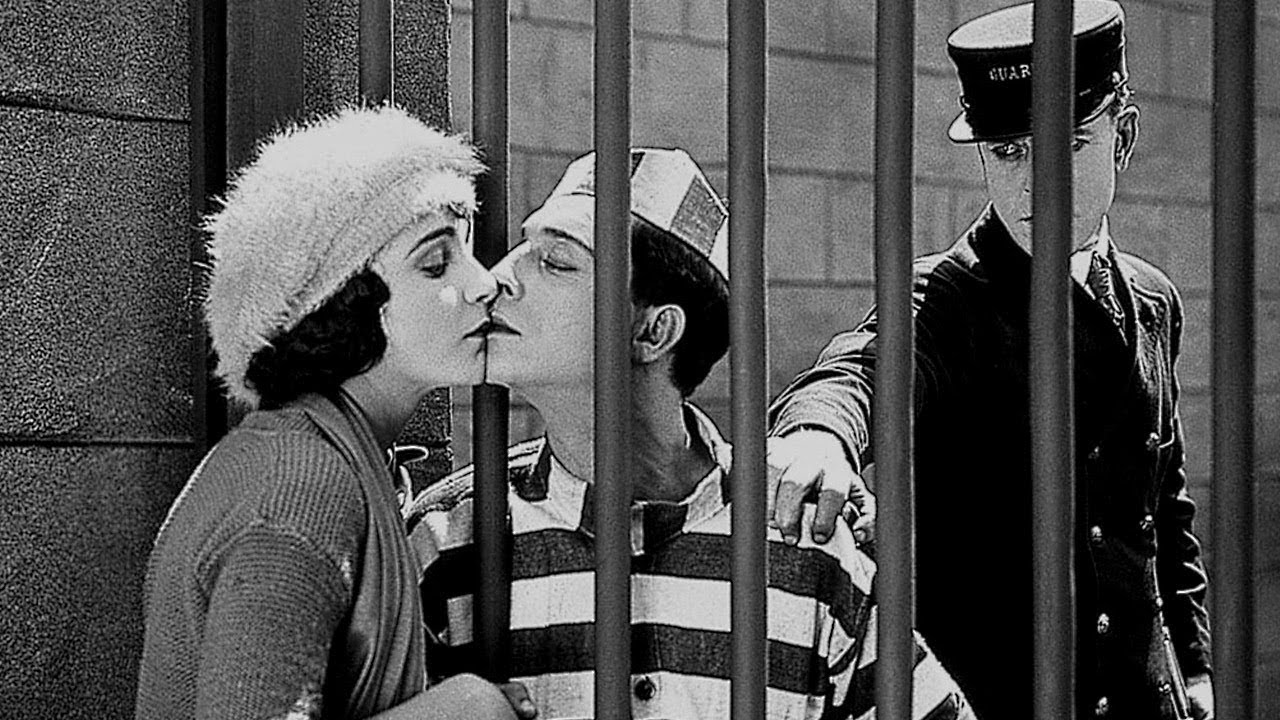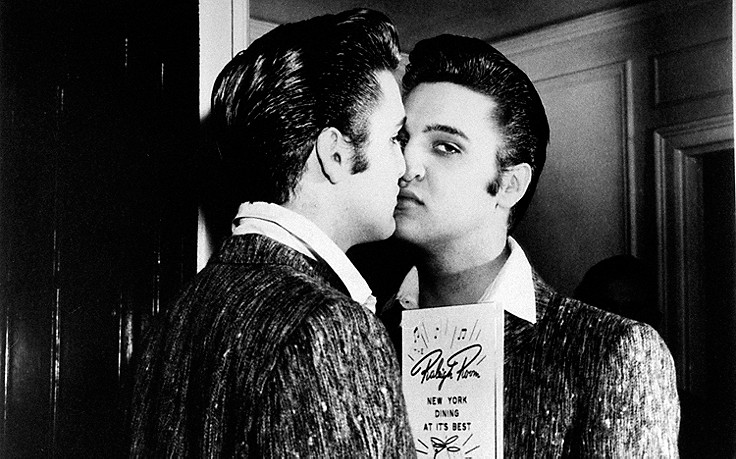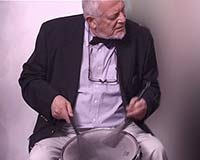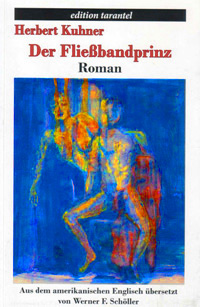-Harry`s Film Impressions (3)
I Prefer Buster
Charlie came first and then came Buster. Charlie pratfell and caused pratfalls, and he battered around with the heavies. Charlie had a mean streak but Buster was gentle. When the Looney Tunes cartoon characters came on the scene, they carried on in the Chaplin roughhouse manner.
Buster was the earnest and sincere one, always trying and failing and falling until the fade-out. There were the beauties that, in spite of his bashfulness and awkwardness, would sense the pure heart that beat in his breast, and thus Buster was rewarded. Yes, Buster was pure of heart with innocent charm, and he had a grace of movement that had a touch of gamin. He just kept on trying and trying again. There was no bilking or cadging.
It was Buster who captivated me. But then I’m biased. Not that I wanted to be like Buster. I wanted to have a smooth ride, but due to my Buster qualities, I’ve always had a rough one.

Buster Keaton – Convict 13 (1920)
In his silent films Buster always got the girl at the end. However, when sound came in, Buster took a tumble and there was no girl waiting to go off with him. Unfortunately, audiences weren’t ready to hear him speak.
Unlike Charlie, Buster didn’t have a business sense. It was easy-come and easy-go. Buster hadn’t invested, so when the flow of money stopped, he was left high and dry. And to quench it all, there was the bottle.
Orson Welles relates that when Chaplin hired Buster for Limelight, his scenes were so wonderful that Chaplin left the best in the cutting room.
Actually Buster’s foghorn voice worked, and there was a Keaton revival shortly before he became immortal.
Reminiscing on Elvis
Elvis is not just an abstract memory for me. We were contemporaries of sorts. We were both born in the same year. Other than our birth year, we didn’t have much in common.
I did not have the good luck to pass on in my prime. In 1977, I was 42. Old age slowly catches up with those of us who continue to hang around. I’m one of them. First my hair turned grey and then it got a bit sparse – not to mention the gut. So here I am.
Now I can think back to the good old Fifties, which Elvis personified – as well as Marilyn, Dean and muscular Marlon.
As for Elvis, I was not enthralled. In my old notes, I described his voice as “a hog call in a jar.” Later it toned it down to plangent sobbing
He had the ambiance of the trucker’s diner. Those domains were invariably suffused with the smell of French fries. And the blue-plate special was invariably that old stalwart, Yankee Pot Roast.
What pray, was the juke box churning out? You guessed it: All Shook Up, Teddy Bear, Love Me Tender or Blue Suede Shoes. Those tunes fit those low-life venues perfectly, and actually made them more scenic. It was a fusion that resulted in art – which was every bit as much art as the paintings of Edward Hopper.
The trouble is that when I think back, I can’t shut those banal tunes out. They have been placed on a turntable that keeps revolving and revolving. They stay in my mind’s ear even, when I manage to propel myself back into the present.
And when I hear them, I think of Kathy. She said I was her ideal, but she was carrying the torch for a rake who was the spitting image of Elvis. And that left me out of the picture.
Kathy was very long ago, but you don’t forget those things? So can I be blamed?

Elvis-Presley
The Transformation of Elvis
Elvis started out with long sideburns and a truck-driver’s garb.
He started his film career with Flaming Star, an okay Western directed by routinier Don Siegel.
When he was drafted, they cleaned him up and off went the sideburns. After he finished his hitch, he stayed wholesome. Colonel Parker played safe by placing him in one sappy film after another in which he mimed clean-cut paragons of virtue. Minus the sideburns, to be sure. The former bad boy was now dramatically as boring as can be.
It’s no wonder that Elvis wanted a new image! So he took to wearing sequin-studded costumes,
with capes and high collars. The rough truck-driver image of his youth was now being transformed into a middle-aged Liberace of the guitar, and chubbiness was adding to that image. Bit by bit, he was trading the legend of the rebellious truck-driver for graceful limp-wristed elegance.
If death hadn’t taken him, his transformation would have been complete.
to be continued . . .
– Herbert Kuhner











 Users Today : 93
Users Today : 93 Users Yesterday : 116
Users Yesterday : 116 This Month : 209
This Month : 209 This Year : 30167
This Year : 30167 Total Users : 211972
Total Users : 211972 Views Today : 545
Views Today : 545 Total views : 1937327
Total views : 1937327 Who's Online : 1
Who's Online : 1




